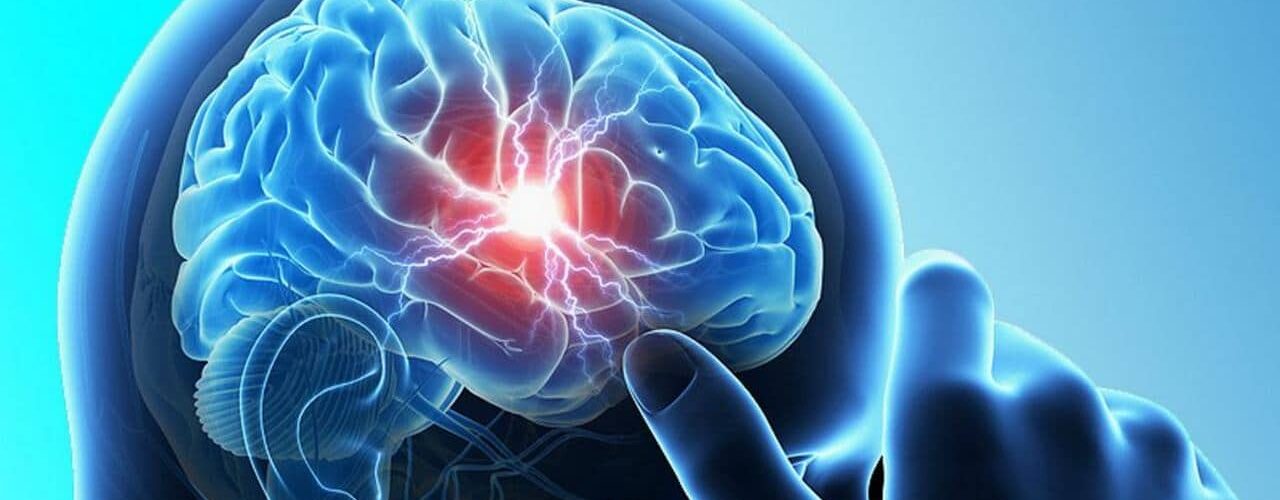Tumors occur when cells divide and multiply excessively in the body. New cells are created to replace old ones or to perform new functions.
A tumor consists of a mass or lump (growth), while some of these masses or tumors are cancerous, there are many that are not. What makes a cancer different is its ability to spread to other parts of the body while non-cancer (benign) tumors do not. Most cancers are caused by genetic changes that occur throughout a person’s lifetime as a natural consequence of aging and exposure to environmental factors such as tobacco smoke and radiation.
Through magnetic resonance spectroscopy, it allows scientists to study the biochemical metabolism and physiology of tumors.
They are classified into two types:
- benign tumor
Tumor that is surrounded by a fibrous capsule, does not spread to other parts of the body and does not have serious consequences for the body.
- malignant tumor
Tumor whose cell proliferation invades the healthy tissues of the organism, spreads to other parts of the body and can cause death.
The main types of cancer are the following:
- Carcinoma, has its origin in epithelial cells.
- Sarcoma.
- Leukemia.
- Lymphoma.
- Multiple myeloma.
- Brain and spinal cord tumor.
Symptoms:
- Changes in the breasts.
- Bladder changes.
- Bleeding or bruising for no apparent reason.
- Changes in the intestine.
- Cough or hoarseness that does not go away.
- Problems eating.
- Severe fatigue that lasts for a long time.
- Fever or night sweats for no reason.
It’s important to see your doctor when you have an unusual lump, pain, tingling, numbness, or muscle weakness.
The most common treatments are surgery, chemotherapy and radiotherapy.
Lung cancer is the deadliest of all types of cancer.
It is recommended:
Include in your diet: broccoli, cauliflower, cabbage, Brussels sprouts, Chinese cabbage and green cabbage. Frequent consumption of these foods is associated with a reduced risk of cancer. Studies show that cruciferous vegetables provide protection against: Head and neck cancer.
https://dialnet.unirioja.es/servlet/articulo?codigo=3750040








